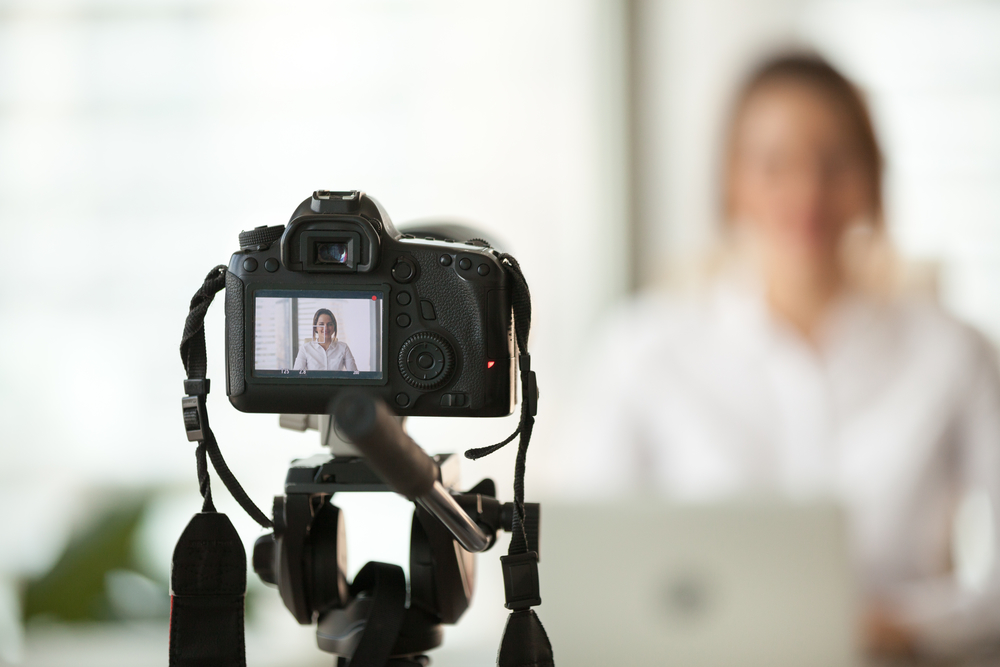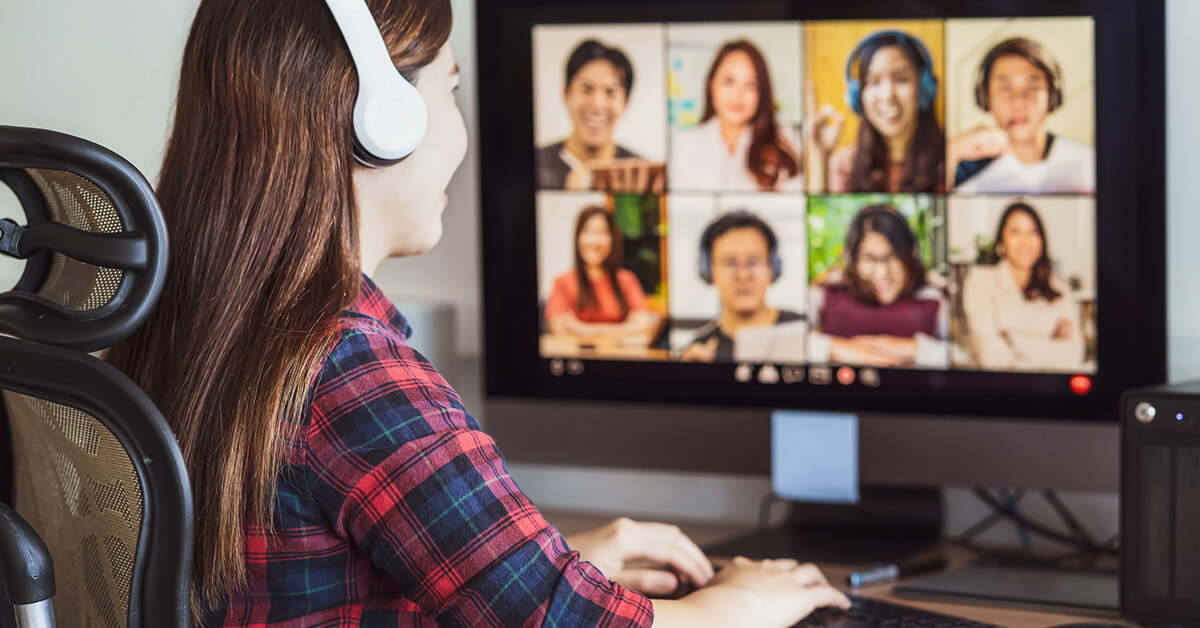By Krista Giannak, Wise Words That Matter
It may be ironic to outsiders but it’s true. I’m a PR professional and yet, I’ve had to face and overcome some strong fears of appearing on video. It’s also ironic that as a blind person, I was invited to speak on a video panel at LinkedIn Local Long Island last month. We discussed our experiences facing our fears of that dreaded camera. Today, I’ll share five of my tips on video.
Tip 1: There Are Many Right Ways to Start
In my case, my individual needs, goals and comfort levels affected the way I started video. My first appearances were as a guest on other people’s YouTube shows. As an interviewee, I focused on the show’s host and not so much on my fears. The experience is so different from that lonely feeling that’s so unique to solo video. It was more comfortable for me than solo video because I could ask and answer questions. Alternatively, many people start with a simple introduction, a screensharing presentation, live video, or other setup. I believe that any video method that makes you feel safer is truly a strong step forward.
Tip 2: Reframe Your Fears
The number one way I overcame my fear of video is to get to the heart of it. It wasn’t the camera that scared me. Instead, I worried that my blindness and my inability to look at the camera would distract people from my message. As I started sharing my personal story of overcoming fears and challenges as a blind person, this fear began to lessen. It became fun to talk about my blindness. I was no longer the blind girl worrying about low societal expectations. Instead, I was the blind skier who could be proud of doing things many people with vision haven’t tried.
Tip 3: Remember to Tell a Good Story
Humans are built for stories. Think about it. We tend to listen longer and pay more attention to a good story than to a strictly informational presentation. While optimal video lengths vary, depending on the platform you use and the goals you have, storied videos are often longer than informational ones. Yet, so many of our clients forget the power of the narrative.
Tip 4: Facebook Live Doesn’t Have to Be the Scariest Form of Video
Facebook Live has really disrupted the culture of video. The platform is so much more spontaneous than other types of videos, and it’s common even for scheduled lives to be recorded more off the cuff. On Facebook Live, I’ve noticed that people are more accepting of our humanity — that we’re just people sharing some information, experience, or story. Technical glitches are more common, as well as audio and visual challenges. As I started noticing these new norms, I felt less pressure to produce the perfect product.
Tip 5: Live Authenticity Is Part of the Charm
It’s often those raw human moments that draw all those social media comments. My first Facebook Live was full of them: comments not showing up live, remarks about a distracting glare, and even a spam phone call that I only answered because I thought it was my social media specialist. These glitches concerned me and yet, I laughed, acknowledging the absurdity of the situation and moving forward. My viewers encouraged me to keep at it, despite my doubts. Because of their overwhelmingly positive feedback, I put my worries aside and worked through the challenges over time. As a result, I gained greater confidence in my own ability to deal with setbacks.
The LinkedIn Long Island panel was one of the liveliest I’ve attended, and I was happy to be a part of it.
Please note: view Krista’s weekly Facebook live at facebook.com/wisewordsthatmatter.
Upcoming Events
Sign Up for PRPLI Updates
What’s your story?
We’re accepting blog posts from PRPLI members.
Send your blog to info@prpli.org with subject: “The PRofessional Blog Post.”







